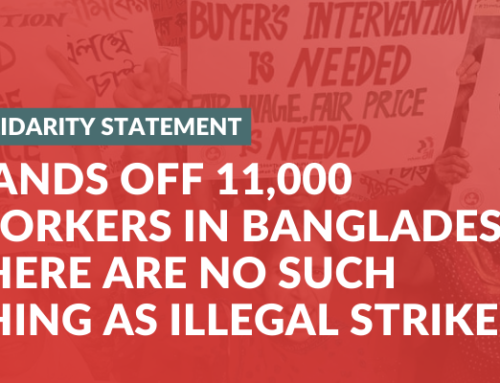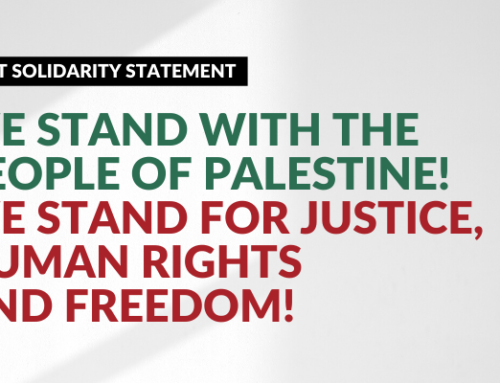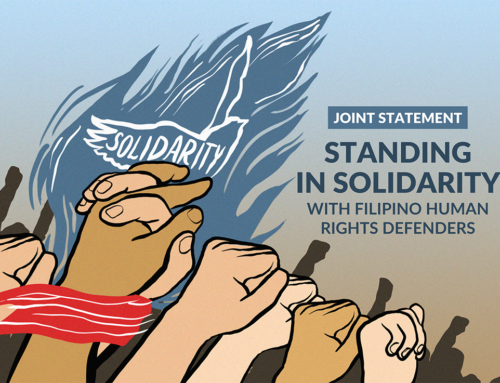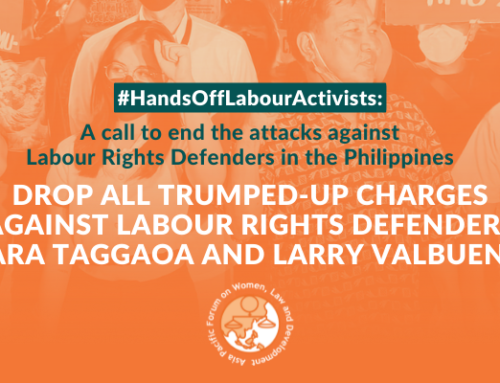November 25 marks the International Day for the Elimination of Violence Against Women. For 25 years, this date has served as a reminder to all governments and societies of our shared commitment and obligation to end violence against women. Yet, women and girls continue to face violence or the threat of it on a regular basis. The Asia Pacific Forum for Women, Law, and Development (APWLD) calls for governments to redouble efforts to eliminate gender-based violence by addressing the exploitation of women and girls at its core.
Worldwide, the poor, undocumented, and marginalized are also the most vulnerable to violence against women and the least able to seek remedies and protection. Their exclusion and lack of access to justice perpetuates the cycle of violence and discrimination.
Here in Asia Pacific, young women like Erwiana Sulistyaningsih, who lack opportunities for education and decent work, leave impoverished homes and communities to take up migrant domestic work, often under abusive conditions and with few protections in place. Women like Nim Chray, forcibly evicted from their lands and homes to make way for privatized development projects, are systematically threatened by the state and targeted for arrests simply for speaking up. For women and girls employed in garment factories in Bangladesh and Cambodia, working under intolerable conditions for poverty wages, livelihood is in fact torture.
Violence against women is sustained and manifested in power structures that restrict women’s access to opportunities and resources, in institutionalized sexism which denies women access to justice, in models of consumption and production that rely on and exploit women’s overrepresentation in informal and reproductive work. Policy prescriptions often fail to address these underlying causes or to appreciate the multidimensional nature of gender-based violence. Instead, they typically revolve around increased policing and stiffer punishment for perpetrators of individual acts of violence—and even then only rarely. Meanwhile, corporations, governments, and institutions that exploit and abuse women on a far larger scale continue to do so with impunity.
While legal reforms are a necessary and encouraging step in addressing the issue, economic and development policies must also be critically evaluated for their social impacts. Until and unless the exploitation and economic inequality at its core are addressed, violence against women will not end. Its elimination requires a systems change: a shift from development models built on patriarchal foundations which discount women’s voices, work, and agency to a new model of development that upholds equality, peace, and security for all persons.
As governments and societies reaffirm their commitment to addressing violence against women, we remind them of the everyday violence of inequality, dispossession, and exploitation perpetrated against women by the powerful few. We call for urgent and meaningful measures to break the nexus of state and corporations, to guarantee access to justice to women who face violence in any form, and to implement measures to realize women’s substantive equality. Finally, recognizing that the struggle against violence is fundamentally a struggle against injustice at every level, we advance a model of development justice built on five foundational pillars: redistributive justice, economic justice, social and gender justice, environmental justice, and accountability to the peoples.





